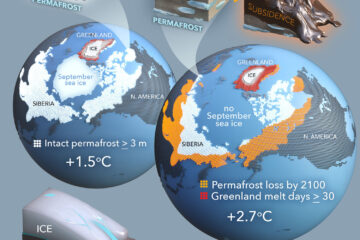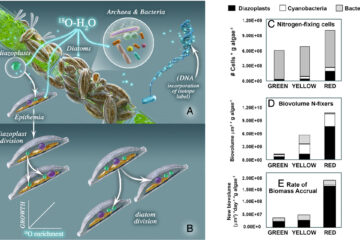Common bacterial responses in six ecosystems exposed to 10 years of elevated atmospheric carbon dioxide
Six terrestrial ecosystems in the USA were exposed to elevated atmospheric CO2 in single or multifactorial experiments for more than a decade to assess potential impacts. We retrospectively assessed soil bacterial community responses in all six-field experiments and found ecosystem-specific and common patterns of soil bacterial community response to elevated CO2. Soil bacterial composition differed greatly across the six ecosystems. No common effect of elevated atmospheric CO2 on bacterial biomass, richness and community composition across all of the ecosystems was identified, although significant responses were detected in individual ecosystems. The most striking common trend across the sites was a decrease of up to 3.5-fold in the relative abundance of Acidobacteria Group 1 bacteria in soils exposed to elevated CO2 or other climate factors. The Acidobacteria Group 1 response observed in exploratory 16S rRNA gene clone library surveys was validated in one ecosystem by 100-fold deeper sequencing and semi-quantitative PCR assays. Collectively, the 16S rRNA gene sequencing approach revealed influences of elevated CO2 on multiple ecosystems. Although few common trends across the ecosystems were detected in the small surveys, the trends may be harbingers of more substantive changes in less abundant, more sensitive taxa that can only be detected by deeper surveys.


